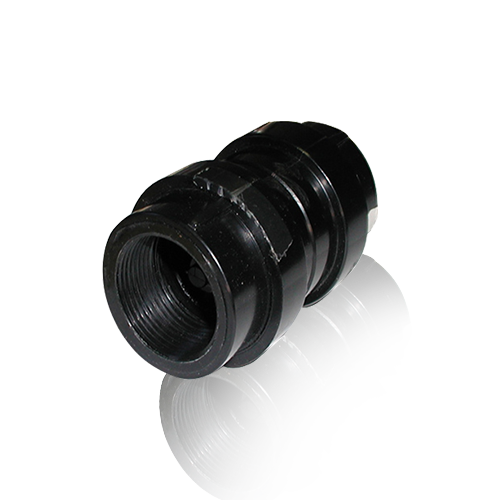There are several different types of Check Valves available in the market. You can buy one that is suitable for the type of fluid or the application where the flow is going to be restricted. A Sterile Check Valve (BBS-10) is especially useful for sanitizing liquids. Its wetted materials are traceable. You can use this type of valve in CIP systems. You can even choose the type of fluid that will flow through the device.
A Ball Check Valve is designed to prevent backflow in a closed system by preventing reverse flow. It uses a spring-loaded or free-floating ball that rests on a sealing seat, which is normally conically tapered. When a flow rate is lower than required, the ball displaces from the sealing seat, creating a positive seal. This prevents reverse flow. The ball dislodges from the seat, and back pressure closes the valve.

There are many types of Check Valves. Regardless of the type, they are an essential part of any system. They are designed to keep liquids from entering and leaving a pipe. There are also a number of different uses for a Check Valve. In the case of gas export facilities, they are used to prevent excessive air and water from entering the pipeline. This type of valve can be very useful in these environments. They are also extremely easy to install and maintain, so it is a great choice for many applications.
A basic Check Valve has four parts. Its body and seat are the two separate parts of the Check Valve. The body and cover of the valve is the main part of the valve. The valve's disc is the only part that can block air from entering a closed system. This means that it cannot let the fluid pass through it. It prevents it from getting into the pipes. If the pressure is too high, it can damage the components of the pipeline.
The Check Valve is commonly found in pipelines, and it is used to control the flow of liquids. The valves can also be used to protect equipment in the pipeline from the leakage. The arrow on the check valve symbol represents the direction of flow. Depending on the type of material and the size, you can use a standard or a special type of these devices. This will help prevent unnecessary leaks in the pipe and prevent damage to the system.

 英语
英语 中文简体
中文简体 德语
德语 西班牙语
西班牙语











